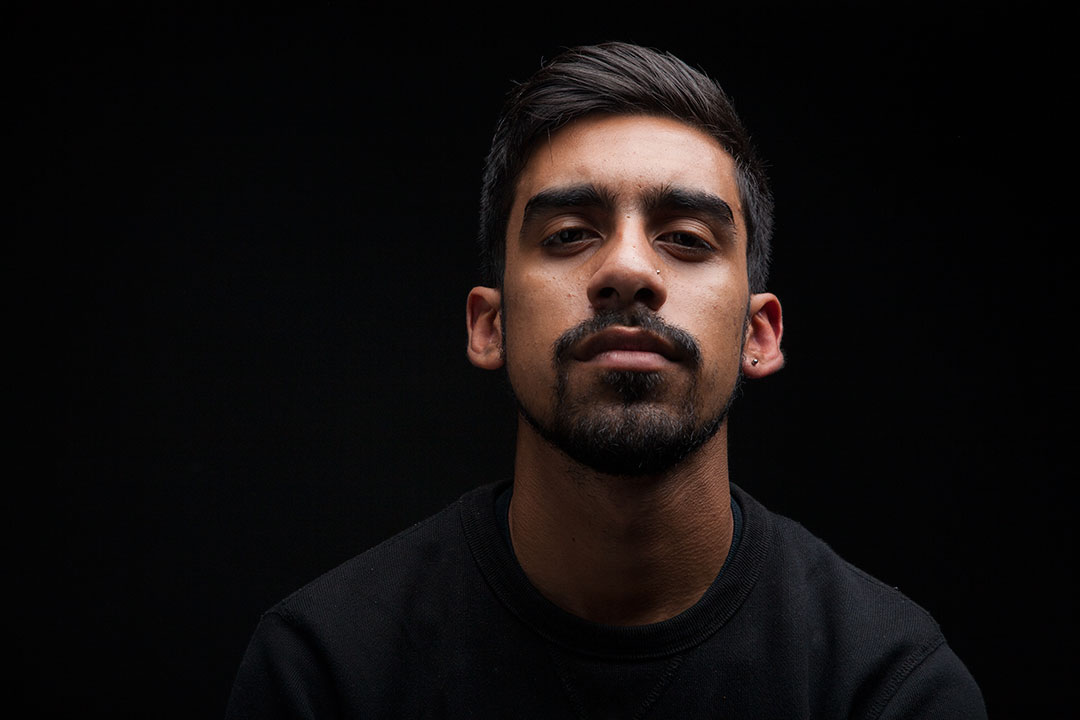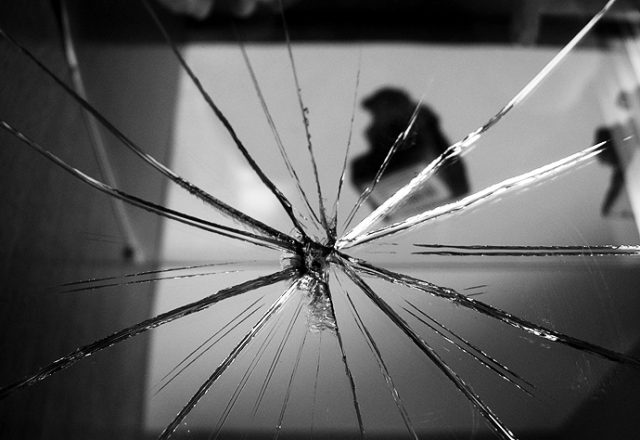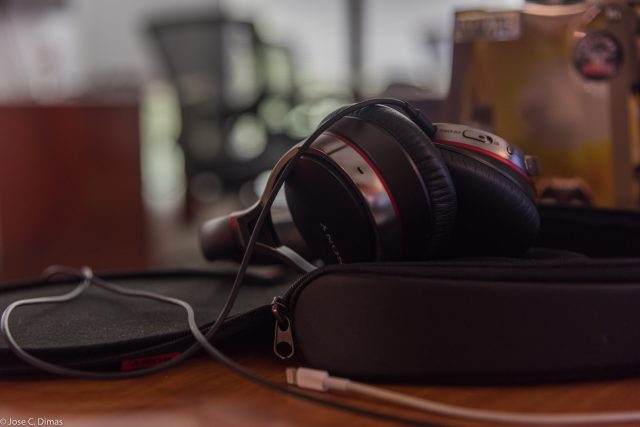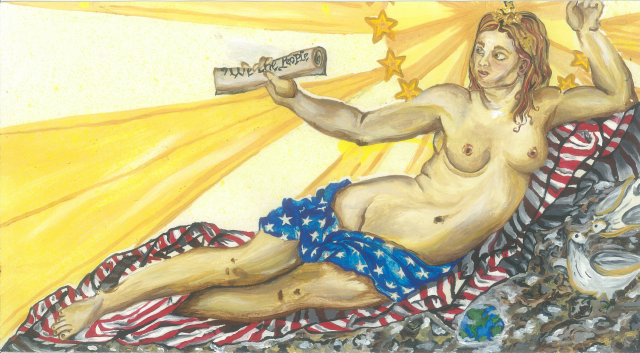Photo by Martin Bustamante
By Oscar Gutierrez
“Un, dos, tres, cuatro!”
I was shoved into a wall as a sea of punk rockers in leather jackets and colored hair slammed into each other and jumped in complete mayhem. The band played an out of tune musical medley in a backyard that stretched about 20 feet wide. The PA system laid on top of trash cans allowed the projection of the screams onto speakers that pierced my ears while 40 ounce bottles of beer splashed through the crowd. The stench of marijuana, beer and sweat covered my clothes at the end of the night. This was a punk gig, I was 12-years-old and I was terrified.
I became obsessed with this feeling and it became a ritual. I had an entry point when it came to punk, and that was my family. My sister was a freak and left the house in some questionable hairstyles. However, I will never forget her impeccable taste in punk music. In many ways, my sister allowed the expression of the anger I did not know I had. Everyone has the entry point into punk, and for you, this may be it.
When I was 10-years-old and listening to a record by a band called Life’s Halt, I realized that I liked it so much because I could see my anger in it. Life’s Halt was not white, and although the majority of the band was heterosexual men, the color of their skin was very reflective of mine. There was a lot happening in the ‘90s when bands such as Life’s Halt, Los Crudos, Spitboy and Iconoclast were playing gigs and releasing records. In a lot of ways, they allowed me to understand the fabric of my community and family.
Let’s rewind for a bit, because I really want you all to understand what punk is not. Punk is not simply a genre and it’s definitely not a style of clothing. I’m really sorry that Hot Topic lied to you, but someone really had to tell you at some point. Most importantly, two things I will be talking about repeatedly are that punk is not and will never simply be something that came from Europe and it’s definitely not music made solely by men.
I write this for those particular reasons. The common narrative of punk is this weird fantasy of the Sex Pistols giving us Anarchy in the U.K. I refuse to believe that, and you should too. Punk has been fundamental to people’s anger and survival beyond the limits of what this narrative has taught us. Instead I offer the narrative that talks about the marginalized identities in punk music. I seek to offer a critique and challenge current popularized notions of punk, specifically in the Bay Area.
I ask that you all consider punk more of a reaction as opposed to a music genre. Although there is a distinct sound when it comes to this music, I want your focus to be established on the who? what? where? and most importantly, why? of punk.
You may know little to nothing about punk, and although there is really no such thing as “experts” in punk, I do plan on giving you the knowledge necessary to show up to a gig and know the basics. You must really know that San Francisco is one of those prime places for punk.
Last summer I had the opportunity to travel the U.S. for two months with a queer punk band from San Francisco–Sissyfit. I learned two major things on this tour. One is that I do not like humidity and the other is that punk in San Francisco is beyond amazing. San Francisco is one of those punk utopias where you can find a gig every weekend and a punk rocker to hang out with every other day. We have Thrillhouse, one of the only cooperatively run punk stores left in the nation. We also have “Maximum Rocknroll“, the longest running punk publication in the world. Yeah, the world.
It’s no surprise that legendary punks like Alice Bag, writer of “Violence Girl: East LA Rage to Hollywood Stage, A Chicana Punk Story” and vocalist of the legendary punk band, The Bags, added two chapters in her book simply about San Francisco. While many give Los Angeles the praise (that it really does deserve), San Francisco can equally stand up face-to-face against Los Angeles with punk histories equally as deserving of said praise.
Think of this simply as a preface of what is to come. I have been digesting punk, the people, bands and scenes for way too long, and I think it is time I share it with you. You’re going to need some patience, and maybe some medical insurance (broken noses happen) and the flexibility to buy new earphones as they continually break from the screeching noises. Expect a topic of conversation, my current favorite bands, upcoming gigs, and my general thoughts on the current state of punk in San Francisco. I’m going to be as visual as possible, but this is really going to take your participation. My intention is not to force you into punk, but to really capture the importance of it.
As the great San Francisco queer punk band Limp Wrist would say, “thank you.”







